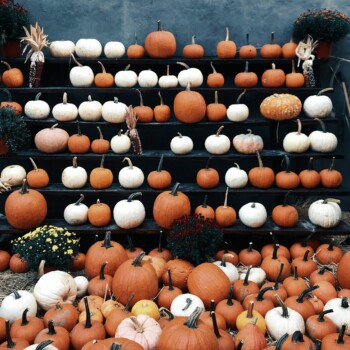Do you remember your childhood colouring-puzzles called “Connect the dots”? Effective language learning works similarly. If you do not combine words, phrases or grammar rules into a larger picture, they will be like single, unrelated dots, devoid of context and without much sense. An additional analogy could be doing a jigsaw puzzle – before we start putting pieces together, it is worth looking at the picture on the box to get an overview of what we want to create.
What does it mean?
As dr Woźniak claims, remembering should only be one of the components of learning, not an end in itself. If you understand what you are learning before memorizing, and place the material in a larger structure of connections, you will know the most important thing – what you need it for and where you can use it. If you are learning a language, this means that you will be able to use it in practice much faster, e.g. understand written text, write and communicate fluently with others.
How to create an “image”
One of the solutions could be, for example, reading, which we also wrote about in SuperTip No. 2. By reading, you can see how individual language elements work both in a sentence and in a longer text – this allows you to assign a specific role to them and understand how they affect each other. Therefore, if you are not a complete beginner, it is often better to first read an article, and then extract words, phrases and constructions from it, to write them down on flashcards (or in MemoKarts – digital flashcards available in the SuperMemo application).
Also, try to explain what you are learning out loud – this can be especially useful when learning grammar. If you can express and describe a rule in your own words, that means you understand, or are close to understanding it. Then, ask yourself, “What comes from this?” and “How can I connect this to what I already know?” The answers can really surprise you and be a breakthrough in learning a larger topic.



